GitHub is a popular platform for hosting code that allows developers to work together on a project. I also use GitHub to run projects and host related files. One can upload files to GitHub and provide project knowledge and other relevant information for users. GitHub, at present, only allows fewer than 100 files to be uploaded at once. If someone tries uploading a large bulk of files, they will see the error message.
Yowza That’s a Lot of Files, Try again with Fewer than 100 Files.

I also face the same exact issue and searched a number of platforms to find a way to upload more than 100 files to GitHub. And guess what, there is a simple workaround that allowed me to upload a large number of files without error. The method I used required me to download the GitHub desktop app, create a GitHub local folder on my PC, move the files to the folder, and push the folder to the GitHub server.
Steps I Followed to Upload More Than 100 Files to GitHub at Once
Use the GitHub app on a Windows or Mac computer to create a local repository folder and push the files to GitHub origin or servers; here is how it works.
- Download the GitHub App on Windows or a Mac PC.
- Click on Clone a Repository from the internet… option.
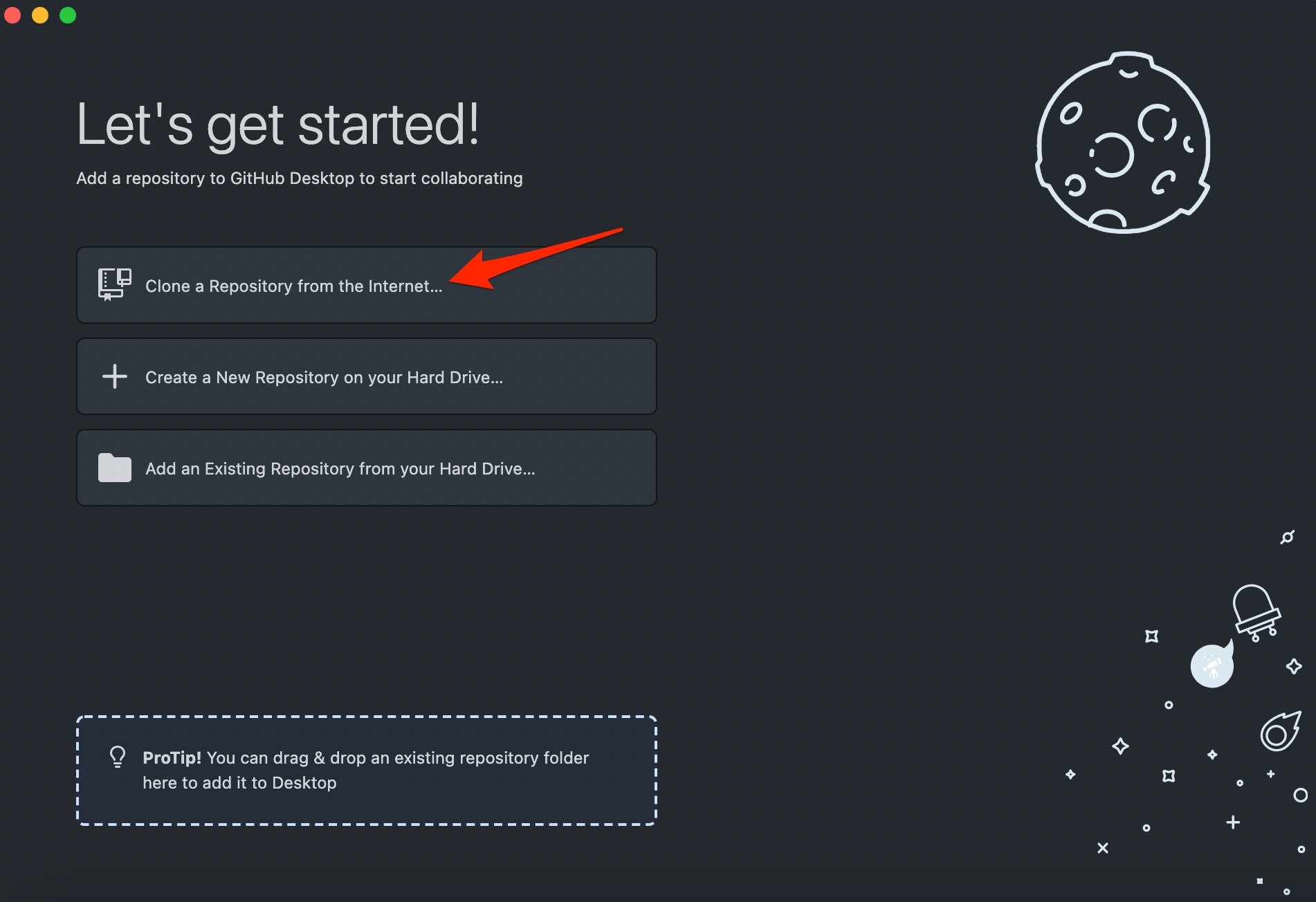
- Log in with the Git account.
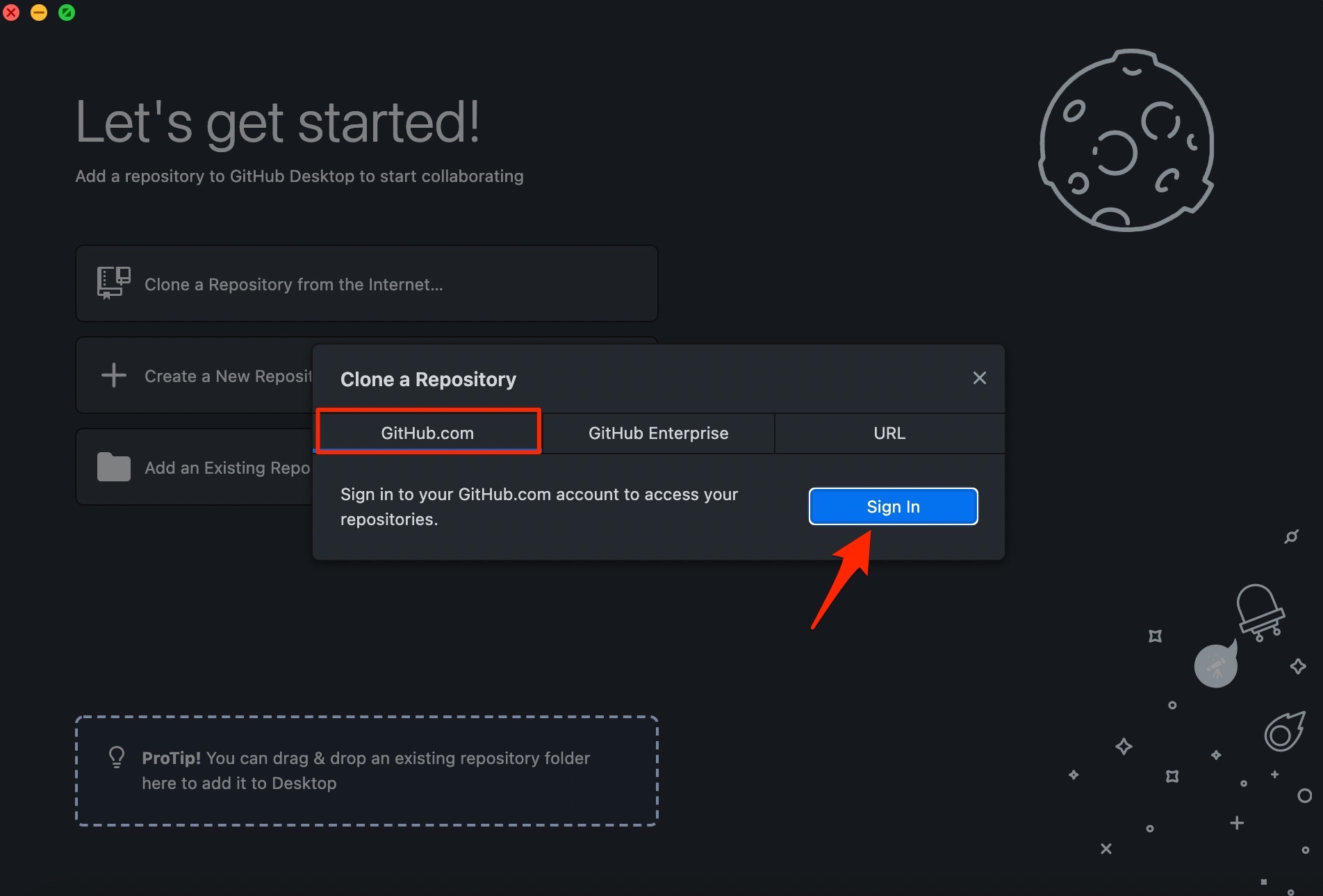
- The GitHub app will ask us to sign in using a PC Browser.
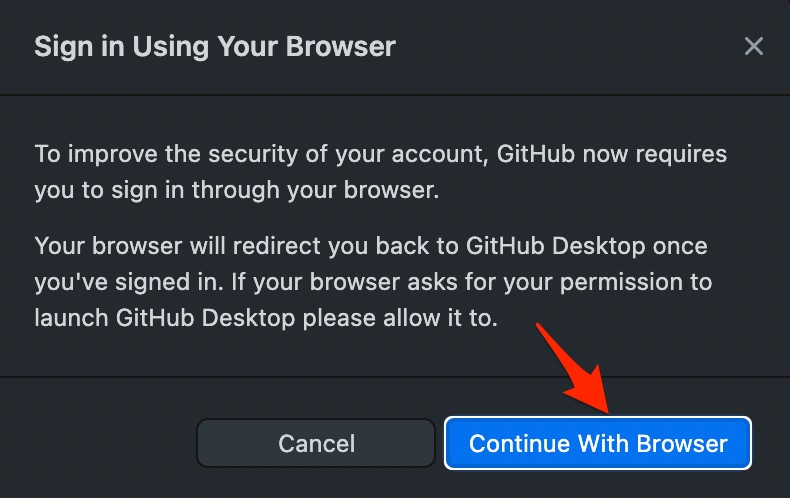
- Now we need to log in with our Git account and authorize the desktop app to access our GitHub account.

- If there are existing repositories that we have already created on the GitHub website, then we can select those repositories to create a clone on the GitHub desktop app. Cloning simply creates a copy of our existing repositories on the desktop app for easy access. (In the image below, you can see that I selected an existing repo.)

- Hit the Clone button to clone the repo to the desktop app. A local folder of the repository (along with the file contents) is also created on the PC.

- Open the local folder of the Repo on Mac Finder or Windows Explorer.


- Now, copy all the files that we want to upload to GitHub and paste them into the local folder created by Git Repo.
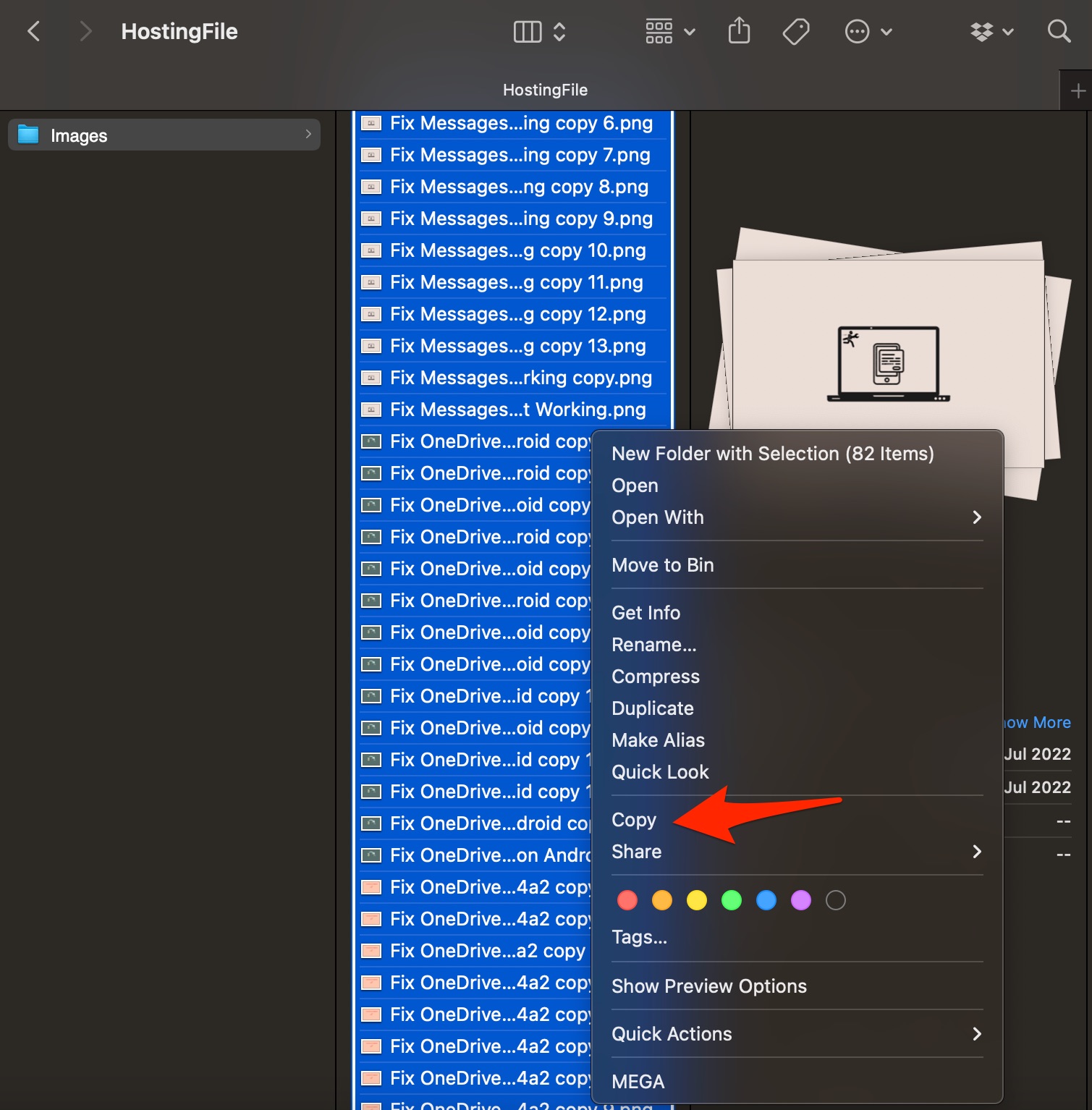
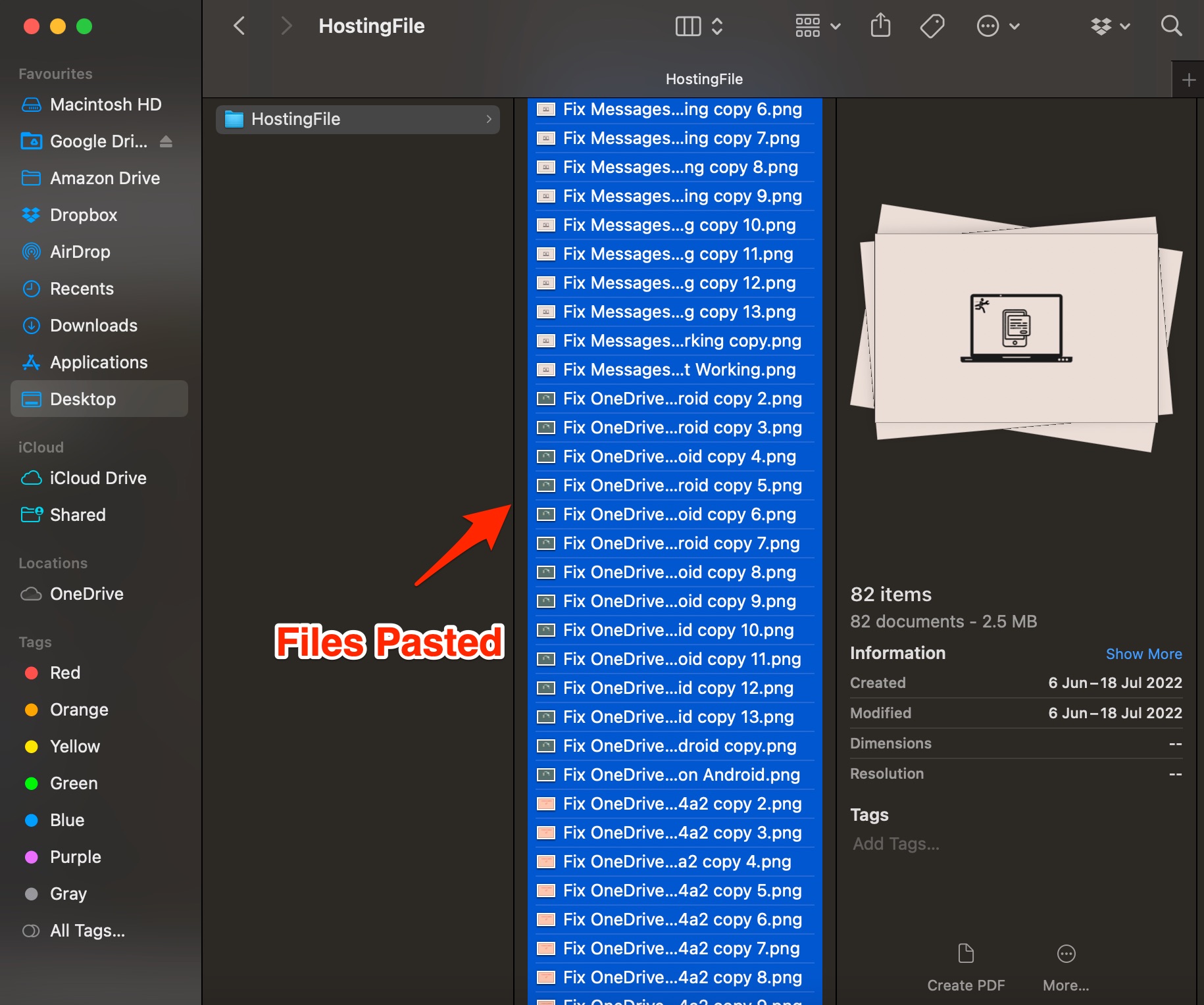
- Open GitHub Desktop, and the files will be shown on the app. Here, click on commit to main.
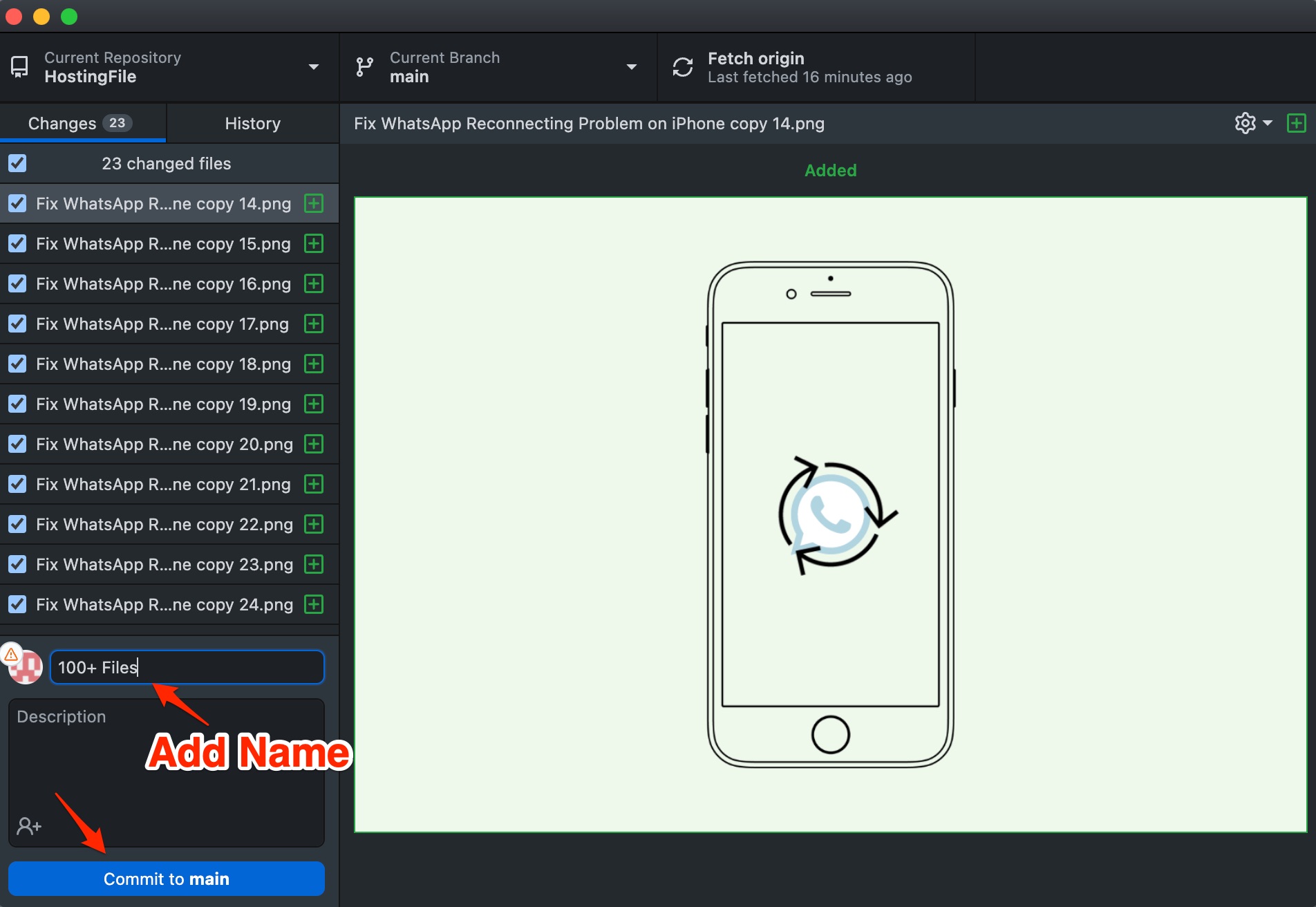
- Once the commit is done, click on Push origin to upload the files to the GitHub server from the local folder.
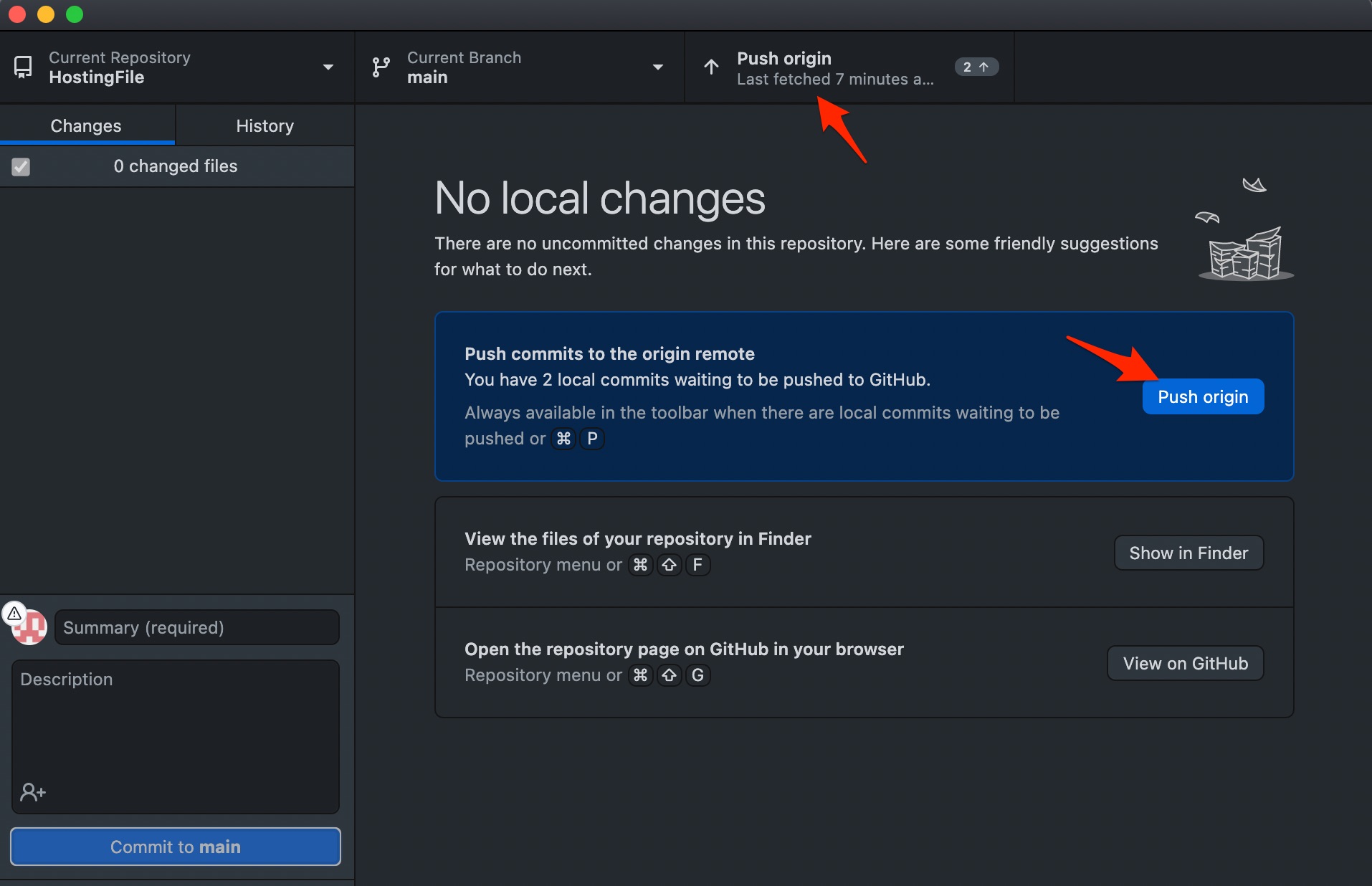
- That’s it! More than 100 files are added to GitHub; we can share the files for free or store them for future work.

That’s it. Yowza, that’s a lot of files. Try again with fewer than 100 files.’ Fixed, and we can upload more than 100 files to our GitHub account at once.

It works!
was helpful 👍
It works!
Thank you 🙂